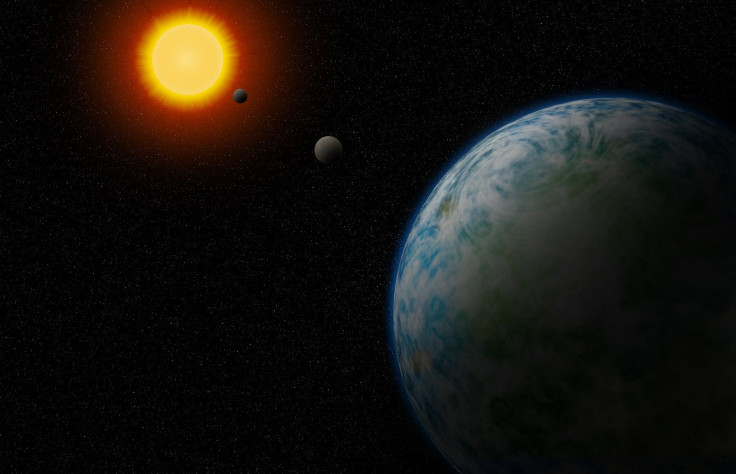NASA Hubble Mystery: Previously Discovered Exoplanet Apparently Disappears In Latest Observations
KEY POINTS
- An exoplanet suddenly disappeared in Hubble's latest observations
- Fomalhaut b's features were different from those of other exoplanets
- Scientists believe Fomalhaut b was not an exoplanet
Scientists working with NASA are currently investigating a previously discovered exoplanet that mysteriously disappeared from the Hubble Space Telescope’s latest observations. According to the scientists, it is possible that the planet may have never existed at all.
The exoplanet, identified as Fomalhaut b, was first photographed by Hubble in 2004. It was found orbiting a bright star known as Fomalhaut.
Follow up observations on the exoplanet in 2004 and 2006 revealed some of its characteristics. Through the data collected by Hubble, the scientists were able to observe the alien world’s movements.
However, unlike other known exoplanets, Fomalhaut b had strange and distinct features. For one, the exoplanet was unusually bright when viewed in visible light. Also, it did not have a detectable infrared heat signature. In most planets, this signature can be spotted through the emissions in their atmosphere.
Recently, while conducting a new observation with Hubble, scientists were surprised to learn that Fomalhaut b had mysteriously disappeared. A common theory regarding the sudden disappearance of a planet indicates that it may have exploded.
However, if that were the case, massive chunks of debris would have been spotted in the area where Fomalhaut b used to be. Instead, scientists believe that the formation and disappearance of the exoplanet may have been caused by a nearby cosmic event.
According to the scientists, it is possible that Fomalhaut b was never an exoplanet in the first place. Instead, it may have only been a massive cloud of dust that came from the collision between two large orbiting cosmic bodies in the Fomalhaut star system.
As noted by the scientists, the massive dust cloud has been expanding in the past couple of years. Eventually, as it became thinner through expansion, the cloud became too faint for Hubble to detect.
“These collisions are exceedingly rare and so this is a big deal that we actually get to see one,” András Gáspár of the University of Arizona, Tucson, said in a statement. “We believe that we were at the right place at the right time to have witnessed such an unlikely event with NASA's Hubble Space Telescope.”

© Copyright IBTimes 2024. All rights reserved.





















